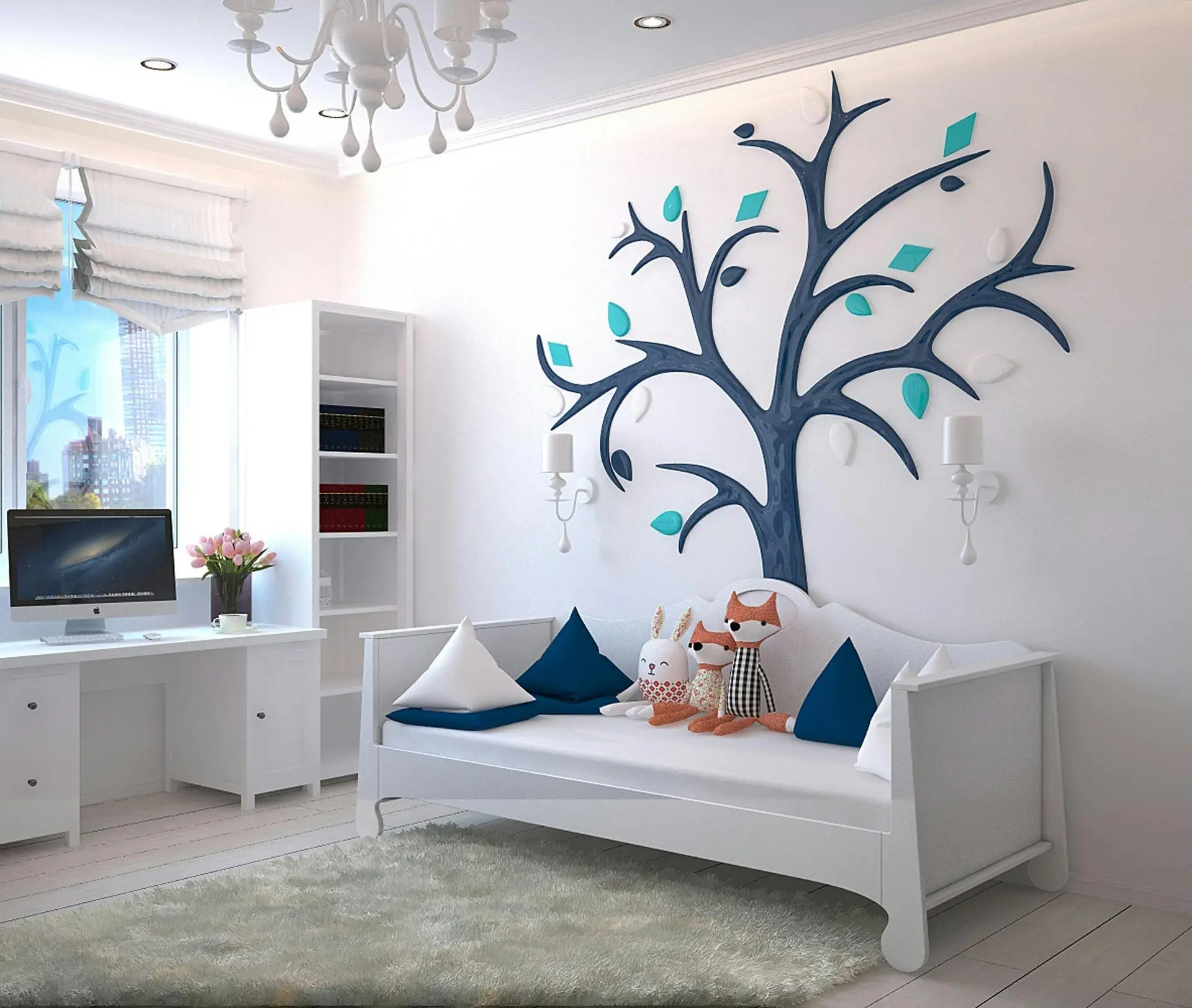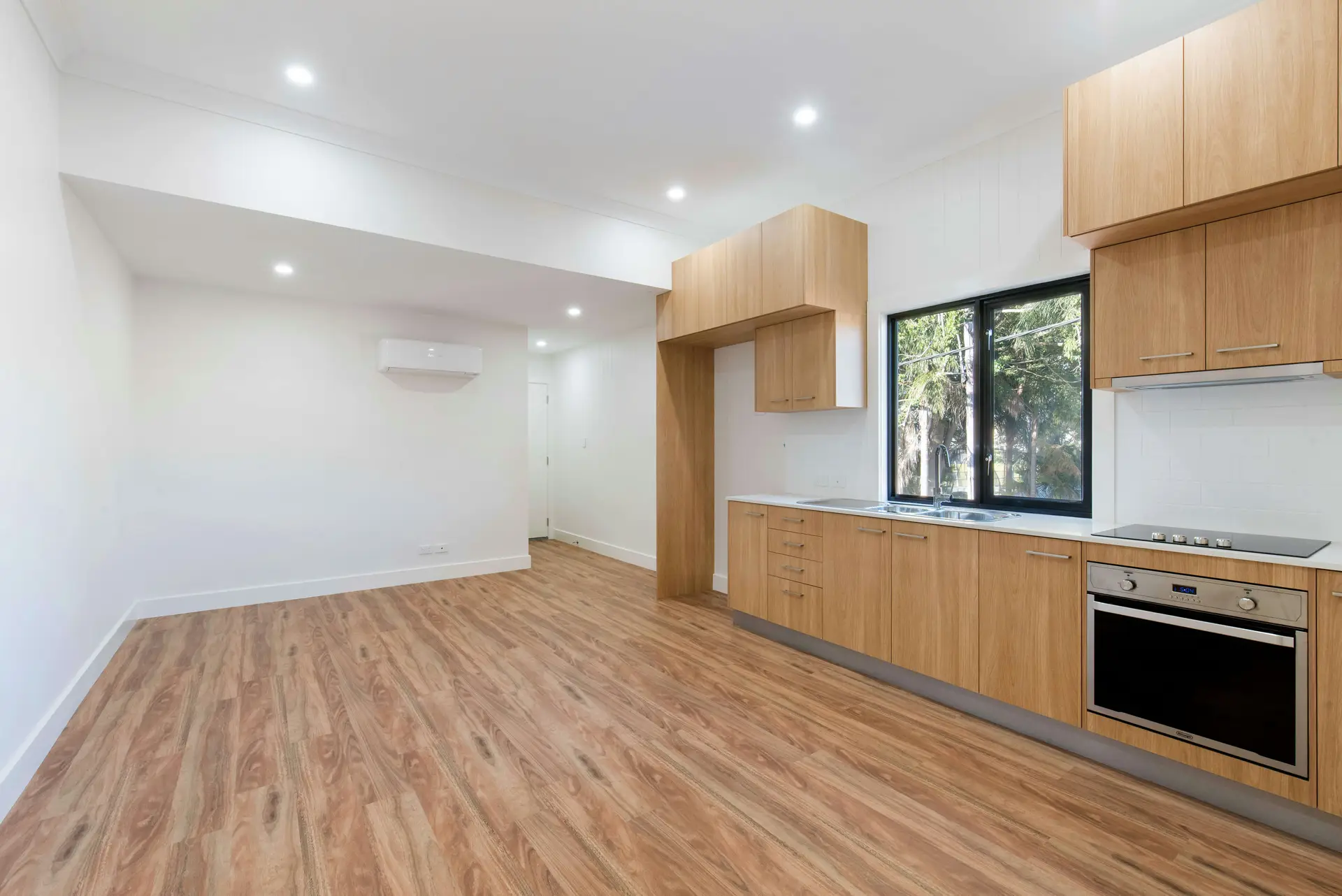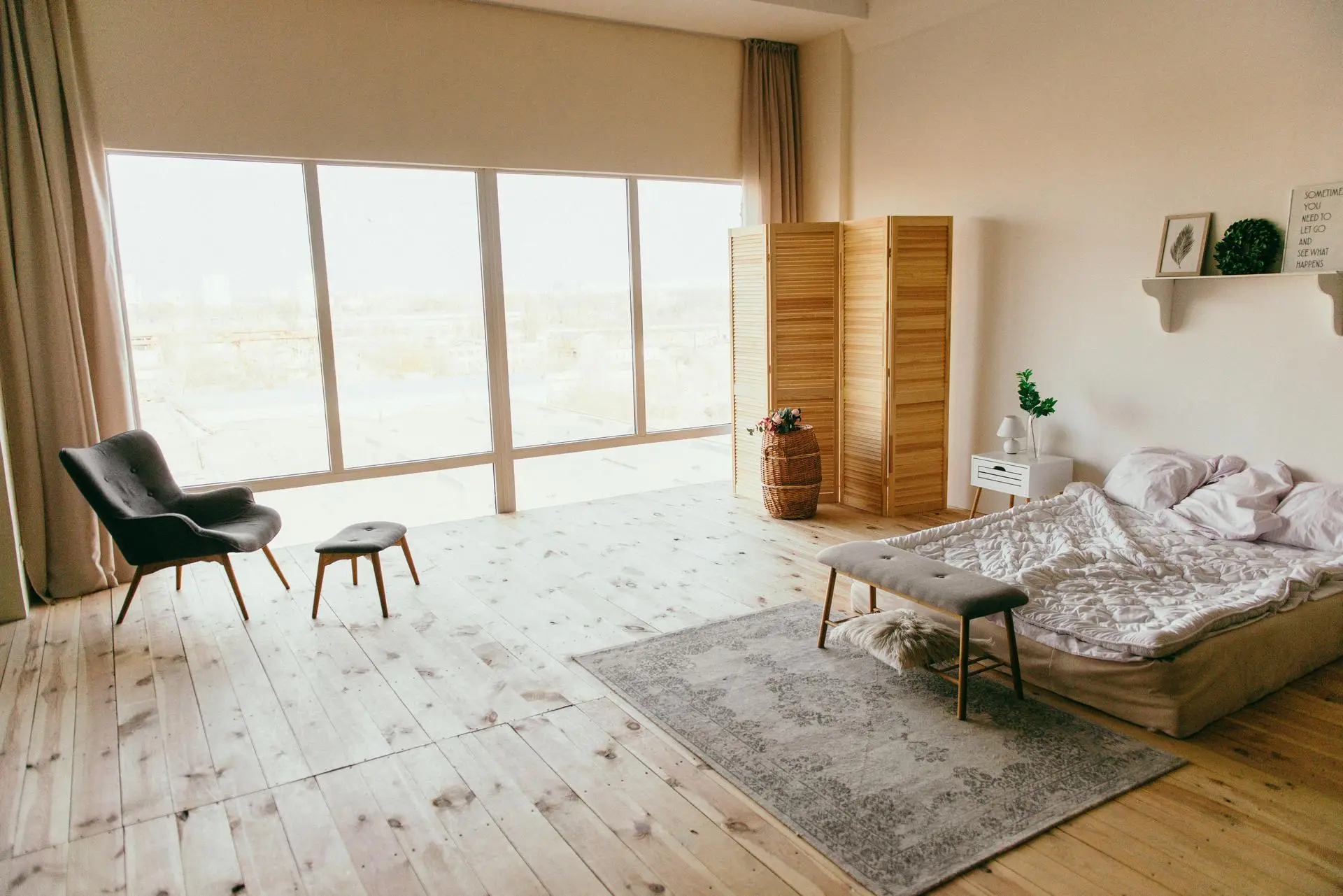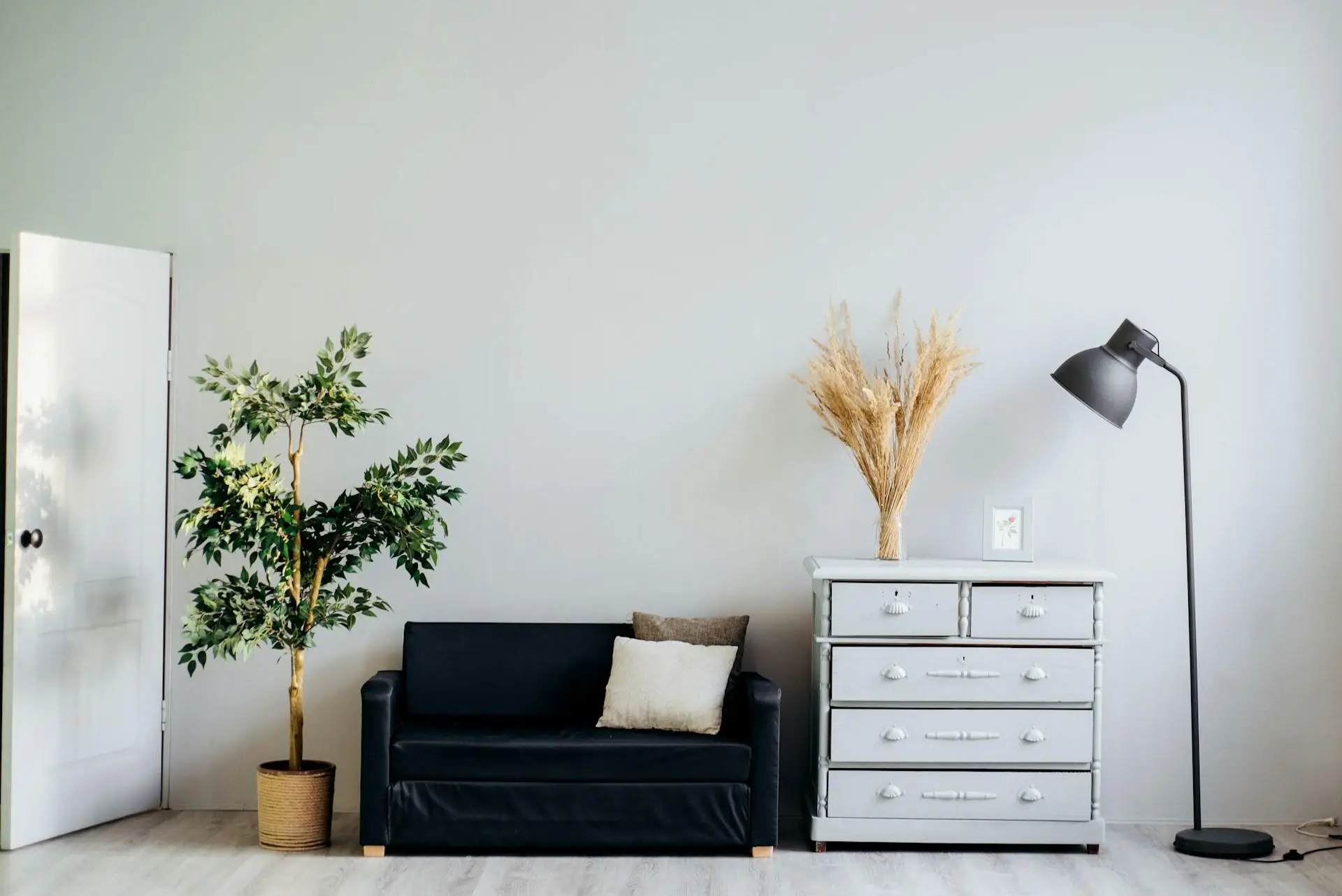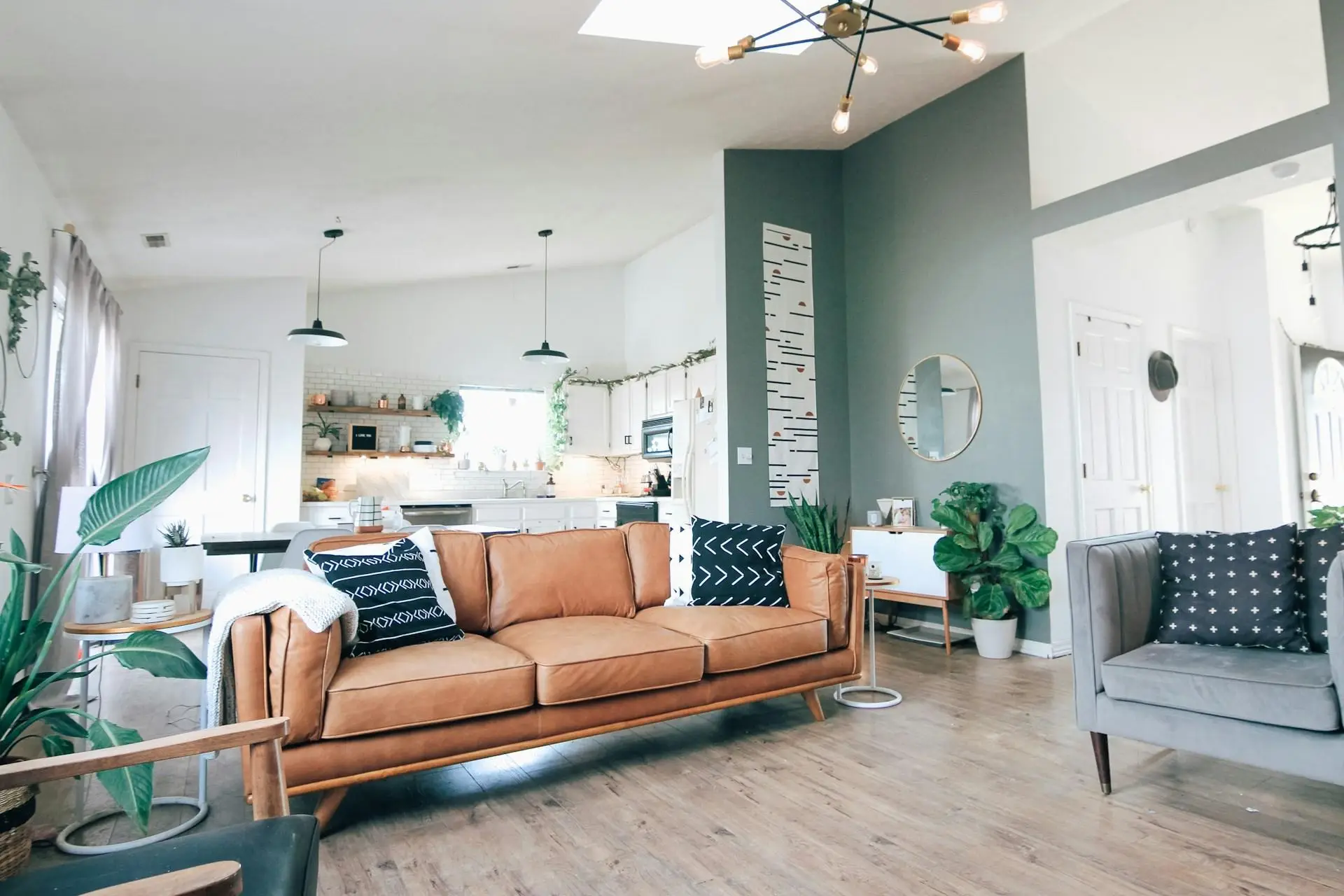Creating a space that adapts over time is an important aspect of modern interior design. A room should not only reflect personal style but also accommodate changing needs and preferences. This article outlines key strategies for designing a room that evolves with you, ensuring functionality and aesthetic appeal remain in balance.
Understanding the Importance of Flexibility
Design flexibility is crucial for spaces that accommodate lifestyle changes. A room that can easily transition between different uses—such as a home office, guest room, or play area—provides long-term value. This adaptability is especially important in smaller homes where space is at a premium. By prioritizing flexibility in design, one can ensure that a room remains relevant and functional.
Choosing Timeless Pieces
Investing in timeless furniture and decor is a smart strategy for a room that evolves. Opt for classic designs and neutral colors that can easily integrate with various styles. Pieces like a well-crafted sofa or a sturdy dining table can serve as the foundation of a room, allowing for easy updates with accessories and accents.
Embracing Multi-Functional Furniture
Multi-functional furniture is an essential component of an adaptable room. Consider items like sofa beds, extendable dining tables, and storage ottomans, which offer versatility without sacrificing style. These pieces allow for seamless transitions between different room configurations and uses, catering to changing needs over time.
Utilizing Modular Design
Modular design offers endless possibilities for customization and reconfiguration. Modular furniture systems, such as shelving units or seating arrangements, can be rearranged to suit different purposes or preferences. This approach not only enhances flexibility but also encourages creativity in room design, making it easy to refresh the space as desired.
Incorporating Adjustable Lighting
Lighting plays a crucial role in setting the mood and functionality of a room. Incorporating adjustable lighting options, such as dimmable lights and movable fixtures, can transform a space to suit various activities and atmospheres. This adaptability ensures that the room remains inviting and practical, regardless of its current use.
Prioritizing Storage Solutions
Effective storage solutions are key to maintaining an organized and adaptable space. Built-in storage, modular shelving, and hidden compartments can maximize space and keep clutter at bay. Prioritizing storage ensures that a room remains functional and visually appealing, even as it evolves over time.
Integrating Technology Thoughtfully
Incorporating technology into a room should be done with foresight and care. Consider wireless solutions and smart home devices that can be easily updated or replaced as technology advances. Thoughtful integration ensures that a space remains modern and efficient without becoming quickly outdated.
Personalizing with Interchangeable Elements
Personalization is important in creating a room that feels like home. Using interchangeable elements, such as throw pillows, artwork, and rugs, allows for easy updates to the room’s aesthetic. This approach keeps the space feeling fresh and aligned with personal tastes, while also being cost-effective.
Planning for Future Needs
When designing a room, it's essential to anticipate future needs. Consider how the space might be used in the coming years and plan accordingly. This foresight can guide decisions about layout, furniture selection, and design features, ensuring that the room remains functional and relevant over time.
Keeping Sustainability in Mind
Sustainability is an increasingly important consideration in interior design. Opting for eco-friendly materials and practices not only benefits the environment but also contributes to a healthier living space. Sustainable design choices often lead to higher quality, longer-lasting products, which align well with the goal of creating a room that evolves gracefully.
#Conclusion
Designing a room that evolves with you involves a careful balance of functionality, style, and foresight. By prioritizing flexibility, investing in timeless pieces, and incorporating adaptable elements, a space can remain relevant and enjoyable for years to come. Embracing these strategies will ensure that a room not only meets current needs but also adapts seamlessly to future changes.

